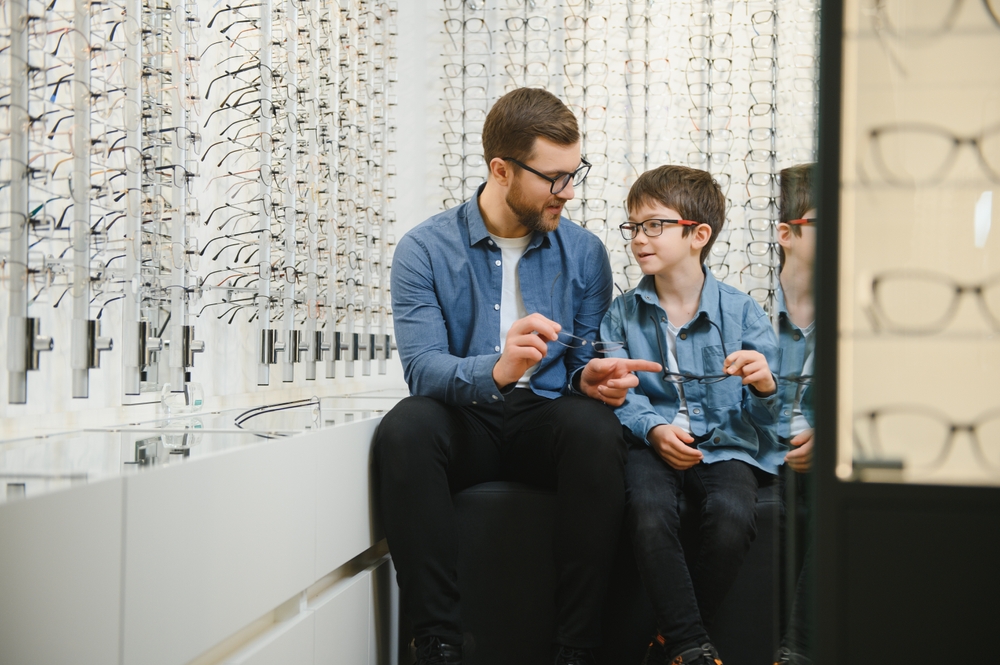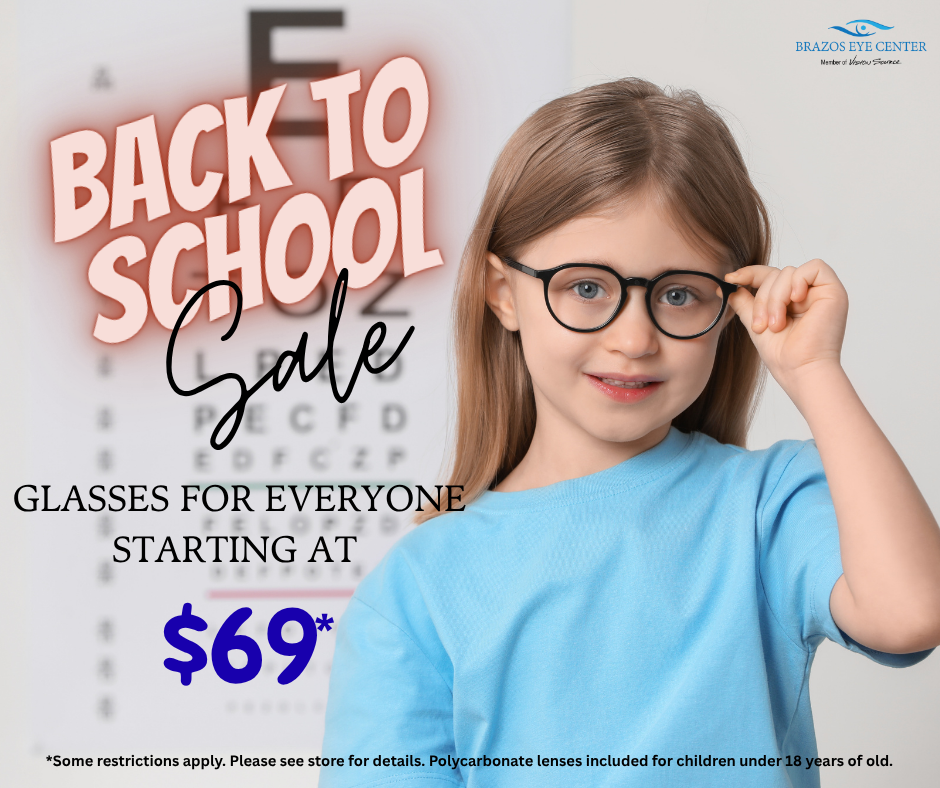
Think about your little one in school, having difficulty reading the board or catching a ball. You might wonder if their struggles could be due to vision issues. Many parents have this same worry.
Spotting these problems early with eye exams can help your child learn and play better as they grow.
Why Early Eye Exams Matter More Than You Think
Vision plays a key role in how kids learn. They use sight for up to 80% of what they take in at school. If vision problems go unnoticed, kids may struggle more than they should.
For instance, a child with trouble seeing letters might hesitate to read out loud. This can hurt their reading skills. Regular eye exams can spot issues early, helping kids stay confident and succeed in school.
What Happens During a Pediatric Eye Exam
Children’s eye exams differ from adults’. Pediatric optometrists use specialized tools to make the process fun and relaxed. A typical exam includes:
Visual acuity tests measure how clearly a child sees letters or shapes at different distances.
Eye movement checks to assess how well the eyes focus, track objects, and work together.
Retinal examinations to detect underlying health issues affecting vision.
Refraction tests to determine if glasses are needed.
These exams take less than an hour but offer insights that last a lifetime.
Signs Your Child Might Need an Eye Exam
Children often do not say when they cannot see well. They find ways to cope, and these methods might hide the problem. Look for signs like headaches, sitting close to screens, or tilting their heads.
If a child becomes irritable during homework or avoids sports, it could mean they are struggling with their vision. A school vision screening is not enough. These basic checks miss many issues. A complete exam with a specialist is the best option.
How Healthy Vision Supports Learning and Social Growth
Good vision is vital for kids. It does more than help them see the board. It helps them read facial expressions and judge distances. Think about a toddler stacking blocks or a teen in a crowded hallway. They need good depth perception and peripheral vision to succeed.
When they can see clearly, they feel more confident. This confidence helps them talk and connect with peers and teachers. Clear vision supports social skills, too. These skills are essential for future success.
The Best Time for a First Eye Exam
The American Academy of Pediatrics suggests that the first eye exam should happen at six months. You might wonder if infants really need screenings. Early exams can catch problems like cataracts or misaligned eyes.
Schedule eye exams at age three and before kindergarten. Routine checkups every two years are recommended unless there are issues. Annual visits are best if your child needs glasses or has an eye condition.
A Simple Step With Lifelong Benefits
Getting kids’ eyes checked is very important. These exams are quick, easy, and usually covered by insurance. They help kids see the world clearly and learn better. If your little one has not had an eye exam in a year, now is the time to go.
For more on pediatric eye exams, visit Brazos Eye Center at our Rosenberg, Texas, office. Call (832) 595-3260 to book an appointment today.
https://www.optometrists.org/childrens-vision/guide-to-childrens-eye-exams/pediatric-eye-exams-2/







